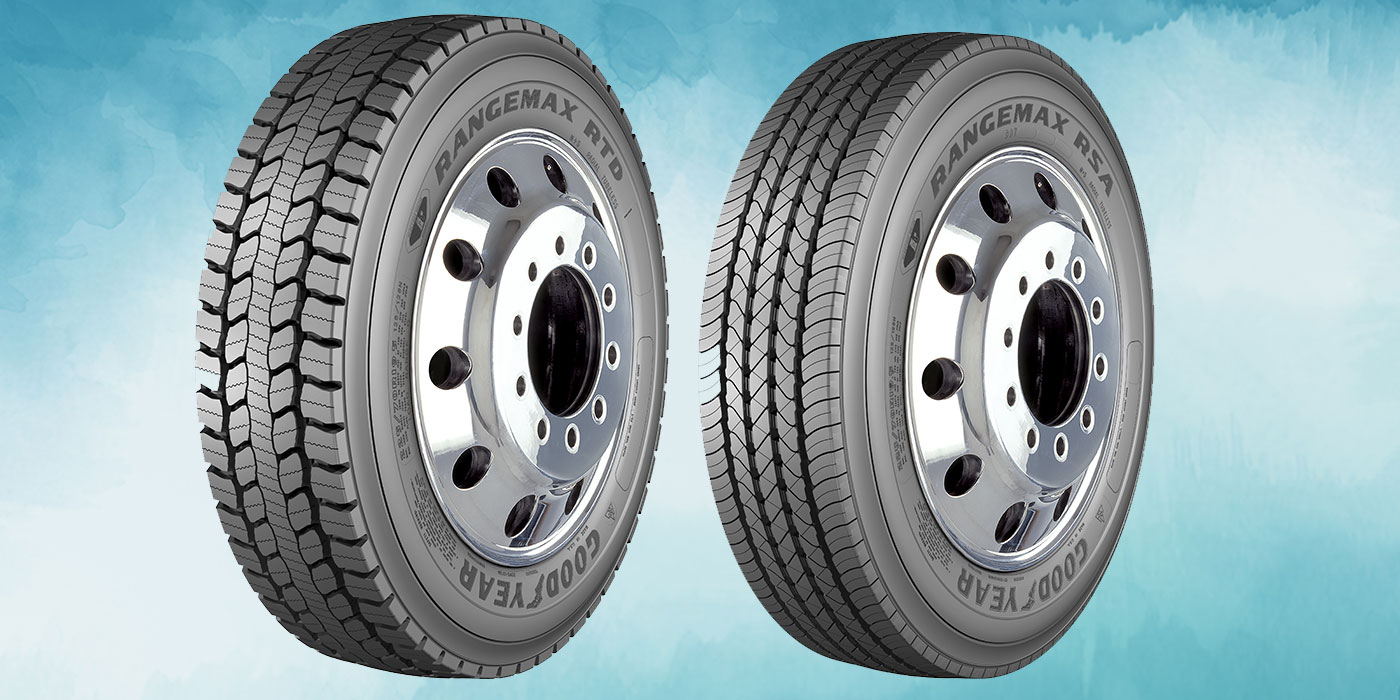Typically, tire and wheel programs receive lots of attention in most fleet maintenance programs – and for very good reasons.
First, the operating expense is considerable; they are second only to fuel in most over-the-road operations. Secondly, en-route failures often trigger a sequence of emergency service requirements that are delaying, expensive and often result in less-than-first-choice replacement components.
Tire industry field engineers and maintenance trainers place lots of emphasis on tire selection, mounting procedures, inflation programs, retreading and other basics but many times don’t say much about the lowly valves that are an integral and essential part of the tire/wheel assembly.
All truck tire valves are not the same, even though they all perform the basic functions of providing an entry and exit point for inflation and a seal for the differential between the high-pressure, contained air volume inside the tire cavity and normal atmospheric pressure.
Steel wheels use valves with stepped, or tapered, rubber grommets that slide over the valve stem and fit inside the rim hole as the valve is inserted from the well side of the wheel. A cupped washer and tightening nut fitted from the outside compress the grommet, increasing its diameter to seal the valve assembly to the rim. Correct tightening of the nut is important; if they are too loose, leaks may develop in later life, while overtightening can cause grommet tears or other leak-producing mechanical fastener issues.
Aluminum wheels generally use valves designed with a different sealing mechanism, namely, a precision O-ring that seats in the valve stem base on one side and on a machined surface on the well side of the wheel around the valve hole. Numerous variations of these two basic sealing designs are available, with stem length and bend angles being the primary variables. Wheel manufacturers are the preferred sources for specific valve recommendations.
A footnote is the availability of special high-temperature grommets, O-rings, and valve cores for high-heat service, usually the result of excessive brake temperatures. City/metro bus service accounts for most of this usage. Valve grommets and O-rings should never be reused. Most tire technicians develop a good ‘feel’ for proper valve tightening, but a small torque wrench designed specifically for this purpose is available from industry suppliers such as Myers Tire Supply (www.myerstiresupply.com) and is valuable for technician training and routine quality checks.
In spite of the several variations noted above, tubeless truck tire valves have changed little over the past 25 years. Valve bodies are metal (brass or steel), compared to their lower-pressure-rated passenger tire counterparts made of molded rubber. Both, however, share many interior dimensions – valve core size, valve cap/extension thread size and airflow capacity when inflating or deflating.
The issue of significant time required to inflate newly mounted truck tires to typical service pressures of approximately 100 psi has been discussed for years among tire manufacturers and fleet service personnel. The use of large-section flotation tires and the recent introduction of wide single tires designed to replace dual tire sets in line haul service emphasize the long inflation time required and low shop productivity inherent in the current truck tire valves. Also, tire manufacturers agree that more rapid initial inflation and bead seating tends to improve tire/wheel assembly uniformity, thereby improving vehicle ride and driver satisfaction.
Dimensions and shapes of valves, along with the matching holes for mounting them in wheels, are standardized by the Tire and Rim Association Inc. (www.us-tra.org). A review of its literature shows there are basically three families of valve bore sizes: standard (current passenger and truck usage), large bore and super large bore. The latter sizes are primarily used in earthmover, agricultural and other large tire off-road applications, such as mining.
The Tire & Wheel Study Group of the Technology & Maintenance Council recently initiated a task force to determine the feasibility of using one of the larger valve types, or possibly a derivative, in highway truck applications. Fleet operators are strongly encouraged to input information, opinion and any other constructive comments to this group.













